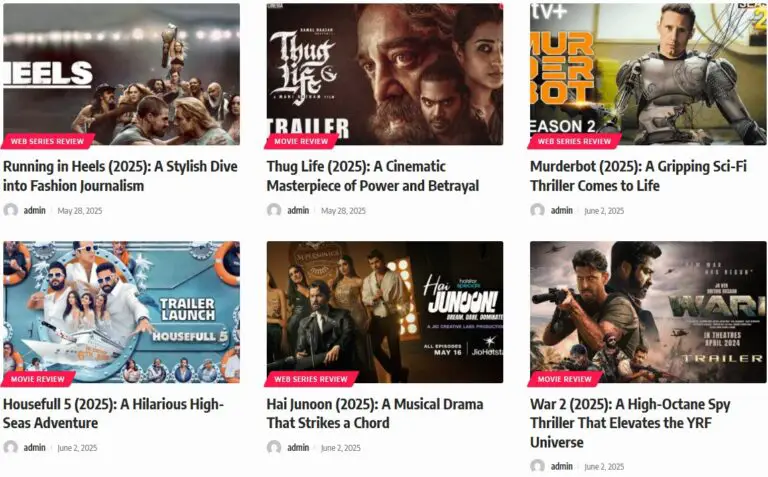Game streaming has grown into a legitimate profession. Sharing gameplay in real time connects gamers with viewers across the globe and creates real earning potential.
Choosing the right platform plays a huge role in reaching those goals. Different platforms cater to different audiences, offer varied monetization options, and come with their strengths and limitations.
Picking wisely could be the difference between fading into the void or building a thriving, profitable streaming career.
Table of Contents
Toggle1. Twitch
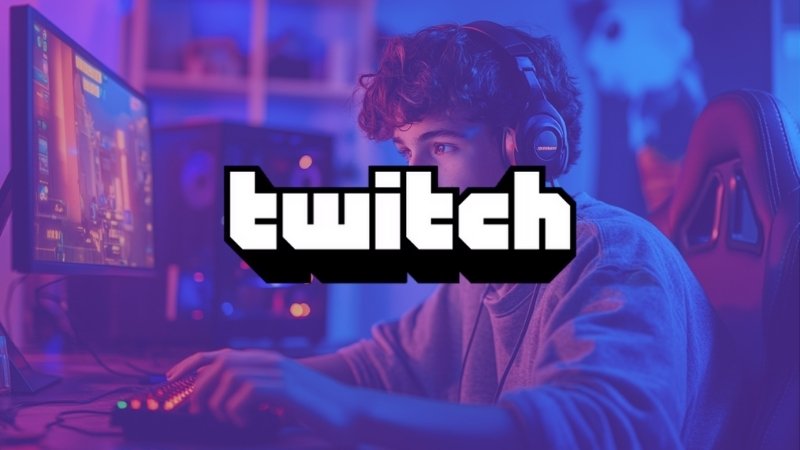
Twitch is the dominant force in game streaming. It’s where most viewers go to find content, and it remains the first choice for many aspiring creators.
With millions tuning in daily, your stream has the potential to attract attention fast—if you can stand out in the crowd.
- Best For: Broad audience, robust community
- Monetization: Subscriptions (50/50 split), Bits, ads, Twitch Prime perks
- Pros: Massive user base, Twitch Studio, third-party integrations, community culture
- Cons: High competition, tough for small streamers to earn, inconsistent enforcement of rules
Twitch’s tools and integrations make it easy to build your brand. However, smaller streamers might struggle with monetization unless they grow rapidly.
2. YouTube Gaming
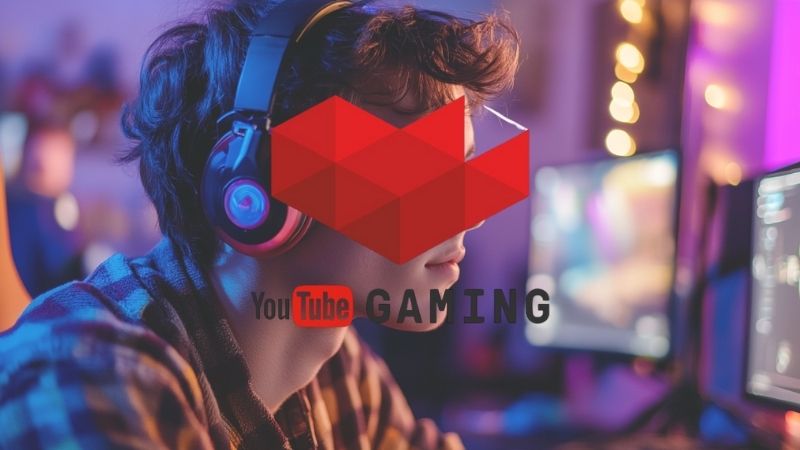
YouTube Gaming is an extension of YouTube’s massive video-sharing empire.
It offers strong discoverability and long-term video storage.
Great for those who also want to publish tutorials or highlight reels alongside live streams.
- Best For: Long-form content creators and archived streams
- Monetization: Ads, Super Chat, Memberships, BrandConnect
- Pros: 70/30 revenue split, integration with search, permanent storage
- Cons: High subscriber requirements, algorithm favors polished content
Creators benefit from the hybrid model of live and recorded videos. Those with editing skills or large subscriber counts tend to thrive here.
3. Facebook Gaming
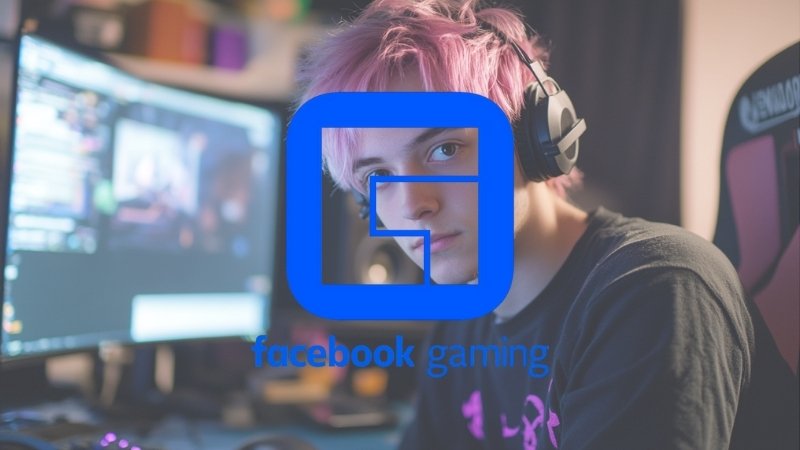
Facebook Gaming is perfect for casual and mobile-first streamers. Tapping into your friend list or existing social groups gives an instant viewer base.
Mobile users can start streaming almost immediately with minimal setup.
- Best For: Casual and mobile streamers, social network leverage
- Monetization: Stars, fan subscriptions, in-stream ads
- Pros: Fast start, existing audience, discoverability through friends
- Cons: Lower engagement retention, fewer streamer tools
While it’s easy to get started, keeping viewers engaged long-term can be difficult. Still, a solid launchpad for new streamers.
4. Kick

Kick is shaking up the streaming world by offering creators a 95/5 revenue split.
With minimal platform cuts and early monetization tools, it appeals to those trying to grow fast.
- Best For: Maximizing income and early growth
- Monetization: 95/5 subscription split, 100% fan donations
- Pros: Low competition, fast monetization, generous policies
- Cons: Uncertain long-term stability, evolving infrastructure
Streamers who want to earn more and build quickly are giving Kick serious attention.
You can even stream yourself while playing poker online, on sites like pokermira.
5. Trovo
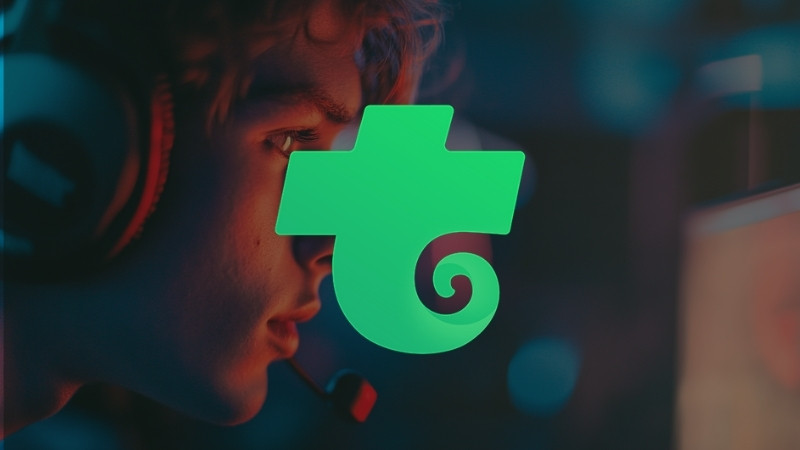
Trovo is gaining ground with features that appeal to beginners.
A clean interface and reward system encourage consistent streaming and growth.
- Best For: New streamers seeking fast monetization
- Monetization: Donations, subscriptions, Trovo 500 funding program
- Pros: Gamified level system, small creator support, clean design
- Cons: Smaller audience, fewer advanced tools
Early success is possible thanks to its creator funding and leveling features, making it ideal for first-time streamers.
6. DLive
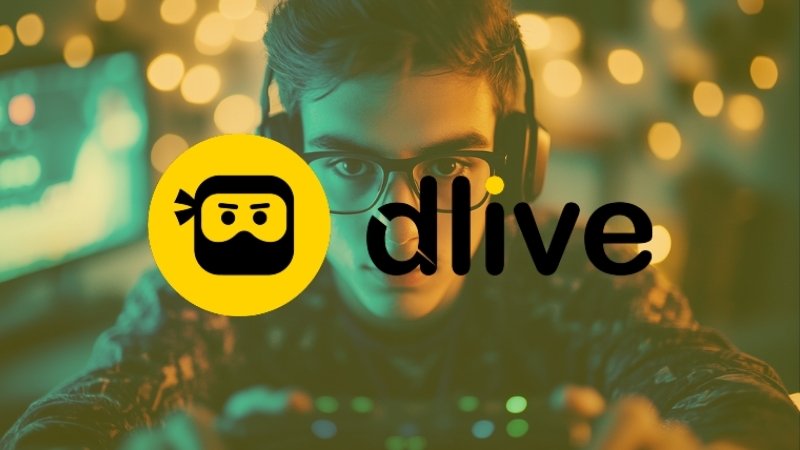
DLive puts streamers first by letting them keep 100% of their earnings.
There are no platform cuts, making it ideal for those focused on maximizing personal profits.
- Best For: Streamers wanting no platform cut
- Monetization: Donations, gifts, digital currency
- Pros: Full revenue retention, easy start
- Cons: Limited discoverability, no subscription option, messy interface
DLive appeals to creators who want total financial control. Perfect for small audiences.
7. Bigo Live
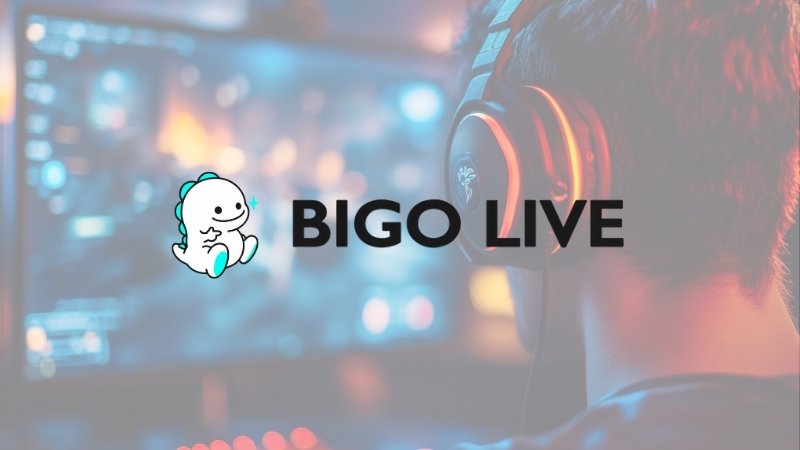
Bigo Live mixes social streaming and competition-based rewards. Gamers compete in challenges and earn Beans that convert to real money.
- Best For: Creators who enjoy competition-based incentives
- Monetization: Beans, virtual gifts
- Pros: Global audience, fun competitions, AR/AI tools
- Cons: Strict rules, not gaming-focused
Although not purely designed for gaming, it works for mobile streamers who enjoy competitive features and fast audience interactions.
8. Owncast

Owncast offers total independence through an open-source, self-hosted model.
It’s geared toward tech-savvy users who want full control without ads or platform interference.
- Best For: Tech-savvy streamers seeking independence
- Monetization: No built-in tools; use Patreon, Ko-fi, etc.
- Pros: Full customization, no ads, open-source
- Cons: Requires setup skills, no monetization out-of-the-box, small community
If you’re comfortable configuring your own environment, Owncast gives complete freedom over your stream.
9. Mobcrush
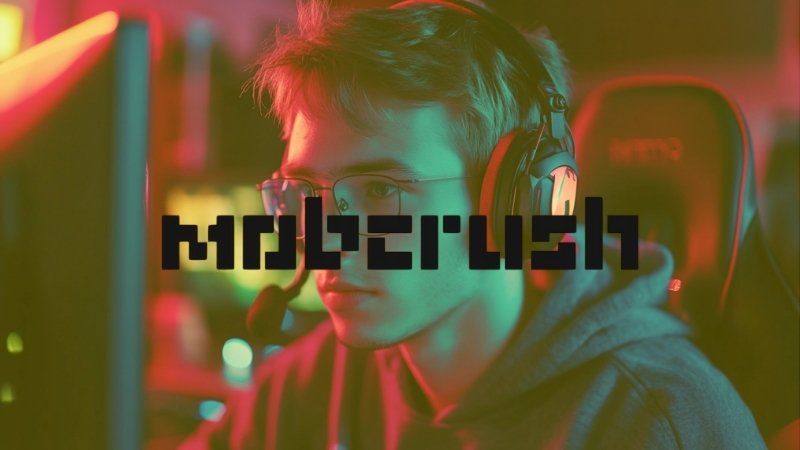
Mobcrush allows simultaneous streaming across Twitch, Facebook, and YouTube.
It’s a strong pick for maximizing reach without choosing just one audience.
- Best For: Multi-platform broadcasting and mobile streaming
- Monetization: Sponsored streams, indirect revenue
- Pros: Simulcasting, mobile-ready, supports growth
- Cons: No platform-exclusive viewers, lacks direct monetization tools
By combining reach, Mobcrush helps build brand visibility, especially when paired with monetized platforms.
10. TikTok Live
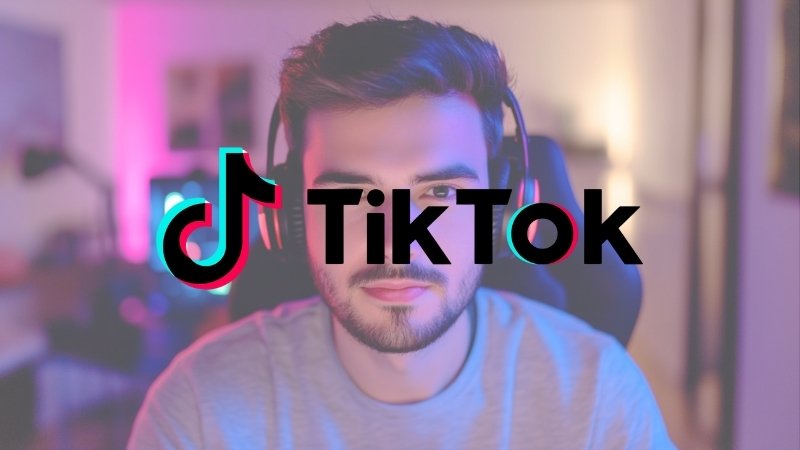
TikTok Live has quickly become a go-to option for creators who prioritize rapid audience interaction and viral potential. Designed with mobile-first users in mind, it enables fast-paced content delivery that captures attention within seconds.
Its design favors creators who can entertain, educate, or provoke reactions with little setup or elaborate planning.
Short videos, paired with trending sounds, challenges, and effects, give streamers opportunities to hook new viewers quickly.
- Best For: Mobile-first streamers and viral content
- Monetization: Live gifts, brand partnerships
- Pros: High discovery potential via “For You” feed, PiP streaming, co-stream feature
- Cons: Eligibility threshold (10K followers, 18+), no desktop broadcasting, limited tools for traditional gaming streams
Gaming-specific tools may not be as extensive as other platforms, but TikTok’s viral engine can drive massive exposure. Creators who adapt their gaming content to quick-hit formats can see rapid follower growth.
Final Thoughts
Beginners should consider Facebook Gaming, Trovo, or TikTok Live. These platforms offer low entry barriers and easy setup.
If revenue is your top goal, Kick, YouTube Gaming, and DLive deliver generous monetization options.
For those who want creative freedom and broader reach, look at Twitch, YouTube, or even Mobcrush.
Your success depends on consistency, strategy, and where your content finds its home. Pick wisely, stream smartly, and let your gameplay do the talking.
Related Posts:
- How to Get a Startup Business Loan with No Money -…
- 6 Ways to Make Personal Branding Work for an Entrepreneur
- 10 Essential Platforms for Small Business Growth
- 10 Top Apps Like Slice for Managing Your Expenses
- Starting Your Own Pet E-Commerce Store - Top 15…
- Top 10 Social Networks That Are Bigger Than You…








